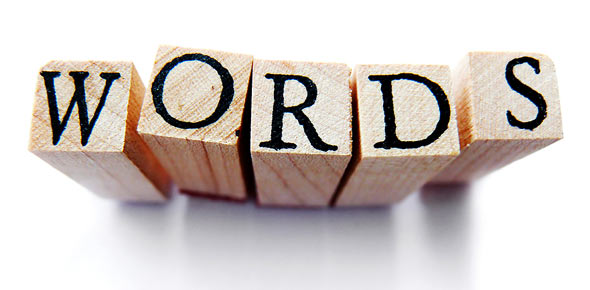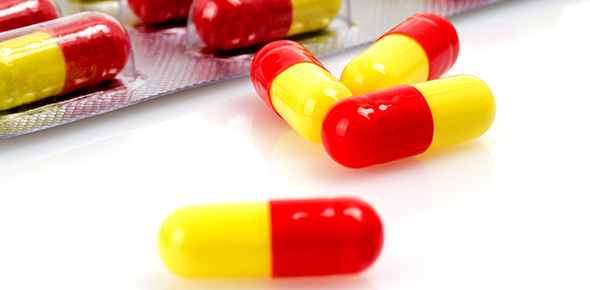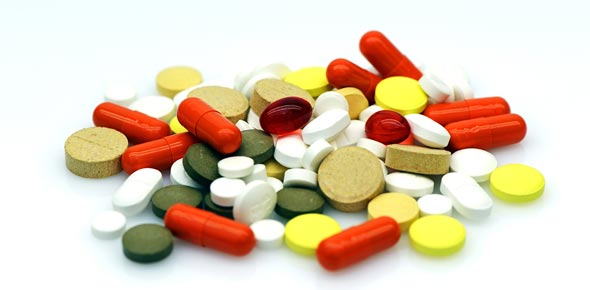Related Flashcards
Related Topics
Cards In This Set
| Front | Back |
|
To ensure that nurse has right medication
|
Read label three times against MAR and compare with actual order; check before preparing it, after preparing, and before placing them on container
|
|
What should you do if the medication name is not clear or the medication does not seem to be appropriate for the client
|
Question the order; call provider and double check; it provider reads it the same way, call pharmacy; the same for dosage
|
|
To ensure you have the right patient, what should you do?
|
The TJc requires that there be at least two client identifiers: name, DOB, ID number; not the patient's room number
|
|
What should you do if you are not sure of the medication route
|
Double check with drug handbook
|
|
What happens if you notice that the drug ordered cannot be given to a patient with NG tube because the drug cannot be crushed?
|
You call care provider to clarify order or change to other form; ex. liquid form
|
|
When can you administer meds?
|
On empty stomach; one hour before or 2 hours after meals; one hour before the or after the original order (you may sometimes see 30 min)
|
|
The right documentation
|
Only chart immediately after you have administered meds
|
|
What do you do if client refuses to take meds?
|
The client has the right to refuse taking meds for any reason; you just document they refused and why; and let the appropriate person know of the client's refusal (charge nurse)
|
|
Medication reconciliaton
|
It is a ntational paint saftery goal to reduce risk of errors during transition points; it is to be applied in any setting; it should begin on adminission
|
|
A cup used for solid forms of meds such as tablets and capsules is called
|
Souffle cup
|
|
A syringe that may be used to administer liquid meds orally to adults and children is called a
|
Oral syringe; no needle is attached to it
|
|
The med name is followerd by (R) ; it is the propriataire nam of the med. it starts with a capital letter; the largest print on the label
|
Trade name/generic name
|
|
Proper name, chemical name, nonproprietaire name of the med; usually in lowercase; usually found under brand or trade name; name given by the manufacturer
|
Generic name
|
|
Know what each of these stand for: pc, h, q12h, bid, prn, tid, ad lib, c, s, qid, biw, elix, npo, sl, stat,
|
After meal, every 12 hours, twice a day, as needed, three times a day, as desired, with, without, four times a day, twice a week, nothing by mouth, sublingual, immediatly
|
|
What kind of meds can be crushed
|
Scored ones
|







